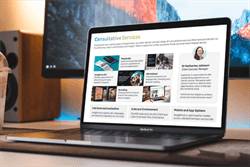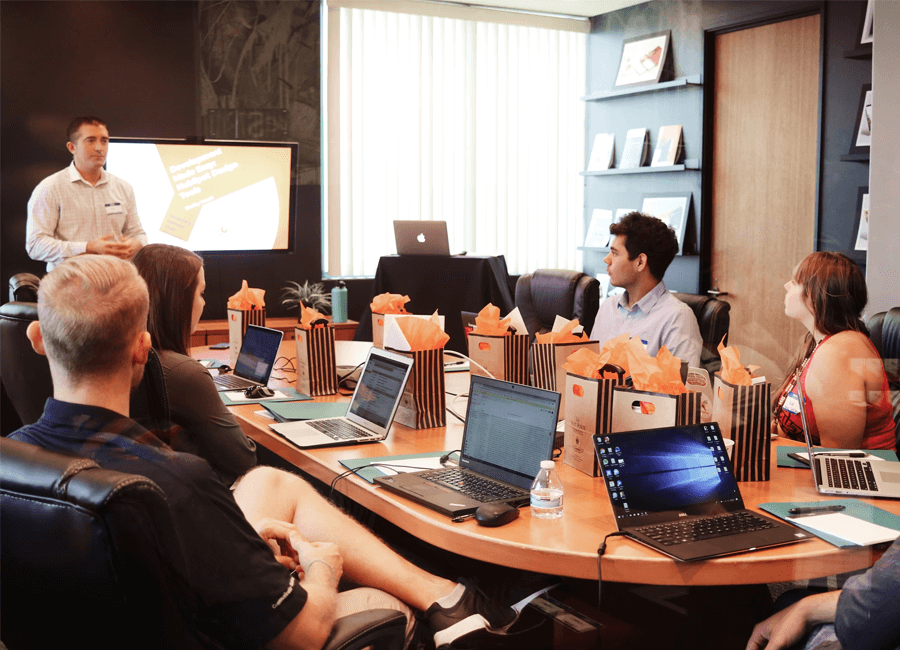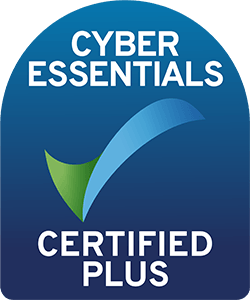Okay, I acknowledge that, if we think about it in terms of the individuals that make up a business, getting the entire business on board with Customer Salience or customer centricity might sound like a bit of a stretch. However, getting teams on board with Customer Salience sounds more achievable. Capturing the majority of the business rather than the business as a whole is a more reasonable SMART goal to work towards in any strategy.
So, let’s talk about the pivotal factor of business transformation: stakeholder engagement. We can put in new processes, new operational policies and new foundational structures until we turn blue in the face, but if no one uses them then it’ll all be for naught. Stakeholder engagement is the fuel that powers business activity, and as such will be the make or break factor in any Customer Salience strategy insight teams seek to implement. To which end, the title question might need a little rephrasing. How do we shift engage business stakeholders and then shift their mindsets towards customer centricity and salience?
Step 1: Generating Stakeholder Engagement
This step remains step one even if you have a good level of stakeholder engagement already. There is always room for improvement. However, for our purposes here, we will assume that there is little-to-no stakeholder engagement in market research and insights, across all teams within the stakeholder business. Generating stakeholder engagement in market research and customer insights is the first step to engaging stakeholders in the target customer base.
| Tweet This | |
| Shifting an entire business' mindset to Customer Salience is a monumental task, but achievable through a carefully curated stakeholder engagement strategy. |
There are numerous studies on how to engage people using psychological techniques, and most of them have some commonalities that we can use for our own strategy. For example, using the SCARF Model from Dr David Rock’s book, Your Brain at Work, we can leverage daily interactions with stakeholders to incorporate more insights and get them to pay attention. This model outlines five distinct human ‘needs’ that continuously the decisions we make on a daily basis: status, certainty, autonomy, relatedness and fairness. According to Rock, humans react negatively when one of these needs are are threatened, and positively when they’re satisfied. Using this we can better understand stakeholder priorities, their needs and the values they base their actions around, and then use that information to create the best strategy to shift their mindsets and behaviour towards that of customer centricity and Customer Salience.
Kahneman and Tversky’s Prospect Theory also posits that people make decisions based on the potential value of losses and gains as opposed to the final outcome, so tailoring the communications element of the strategy with that in mind will aid in the capturing of stakeholder interest from the outset.
Taking the time to read up on these studies, seeing which aspects have been implemented to great effect in other businesses and industries will help you narrow down which strategic elements you coudl incorporate into your own strategy.
Step 2: Maintaining Engagement
Now that you have got your target stakeholder audience’s attention, it’s time to commence the other half of the battle - and arguably the most important part - keeping hold of it. This is a whole different set of skills and strategic elements at play and this is something we have talked about extensively on the FlexMR blog. From the establishment of technological structures to finding the best communication techniques, there is plenty of material to sift through on this particular subject.
There are a few different ways to engage stakeholders to consider. Firstly, we can engage stakeholders throughout the market research process itself, which enhances the credibility and applicability of your research by allowing you to align your proposals, business objectives, designs, and outputs with the stakeholders’ needs; it also fosters trust and a sense of ownership amongst all research collaborators, which more often than not results in said stakeholders using their insights in important decision-making processes, and also increases the connection between stakeholders and their customers. The better the connection, the more stakeholders will keep customers in mind in the future.
Keeping stakeholders connected to customers in the long-term after the connection has been established will be an ongoing endeavour - with many insight experts finding that their engagement strategies need to be tailored and retailored depending on the stakeholders involved. In a FlexMR roundtable on this topic, insight experts from many different industries had great tips and tricks to share, including: the employment of ‘lunch n learns’, regular insight immersion days, and creating opportunities for more casual ‘water-cooler’ conversation in which to drop crucial new customer insights and directions to research experts. One expert explained that “it works best to play to the culture of the organisation when choosing the right tactics; he identified his culture as an intensely collaborative one with a thirst for knowledge, and implemented his tactics accordingly”.
| Tweet This | |
| Generating stakeholder engagement, maintaining stakeholder engagement, and managing stakeholder engagement are three very different tasks. |
Step 3: Managing Stakeholder Involvement
Even if we engage some stakeholders, and even convert them into full insight advocates after proving the true value of insight, it’s folly to believe that other stakeholders will follow suit simply because the majority of other members of their team are on board. Individuals will remain resistant to change if they are comfortable in their own routines, they still achieve some success through their own ways of working, and our efforts aren’t enough to convince them the customer-centric mindset will allow them to produce better work more often overall. Careful management of stakeholder engagement is required if we are to scale the influence of insights further throughout all teams.
Engaging stakeholders in market research processes does have draw backs - more stakeholders means more discussion and less decision-making, it also means more people to sign off on a task before it goes live, which takes more time than you think. This discussion between multiple stakeholders also opens up opportunities for contention, disagreements and conflicts that not only hold back the research process, but also risks damage the current cultural ecosystem.
If a research project requires multiple stakeholders with conflicting views, ways of working and objectives to achieve, then careful management is needed to mitigate the risk of contention. Otherwise, limiting the involvement of stakeholders to certain aspects of the research process, such as general research design and task observation (such as in live focus groups or in online forum discussions) might allow insight teams to retain ownership and control over the research process while still engaging stakeholders in a more collaborative way.





